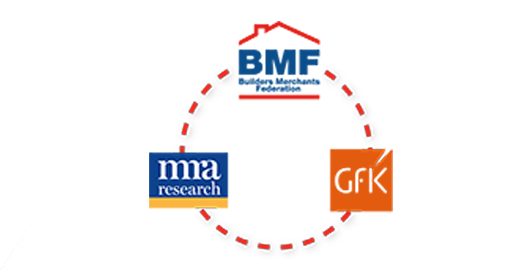Polypipe Comment: Q4 2022
Quarter four was relatively stable after a turbulent and unsettling quarter three for the UK – politically and economically – but with soaring inflation and the threat of imminent recession, it was perhaps inevitable that construction output appeared to run out of steam and flatline towards the end of the year.
Overall construction growth in December, compared to November, was reported as flat by the ONS, with new work (private industrial, commercial, infrastructure, new public housing, and non-housing repair and maintenance) compensating for falls in private new build housing, new public non-housing, industrial, and private housing RMI. Major infrastructure projects such as HS2, Hinkley Point, Thames Tideway Tunnel and energy, rail and road sectors projects are still progressing well.
While it is better than it felt in the midst of the turmoil in Q4, spending on new infrastructure projects is likely to be curtailed or delayed in 2023 until inflation comes down. The priority is expected to be on essential repairs and maintenance, particularly in the public sector.
In November, climate change was back in the headlines as the COP27 summit took place in Egypt. The main breakthrough was the agreement for a ‘loss and damage’ fund for vulnerable countries. This was an important step towards limiting global warming as communities around the world must act together to deliver a unified approach to tackling climate change to prevent further damage to already affected countries.
That spirit of collaboration is happening in our industry too. Construction businesses and industry-related stakeholders are collaborating to meet the challenges of sustainable, net-zero development. Merchants and developers are engaging with experts in the areas of water neutrality, nutrient neutrality, and biodiversity-net-gain to establish knowledge partnerships and increase learning.
They will need that expertise, as things are moving towards new standards that will require industry compliance. Following a review into sustainable drainage published in January, regulations and processes are being devised for new developments to reduce surface run off and the volume of rainwater which ends up in sewers and storm overflows.
Ultimately, in whatever capacity we can, we must work together to make our industry, our projects and our businesses more in tune with the wider world around us.



